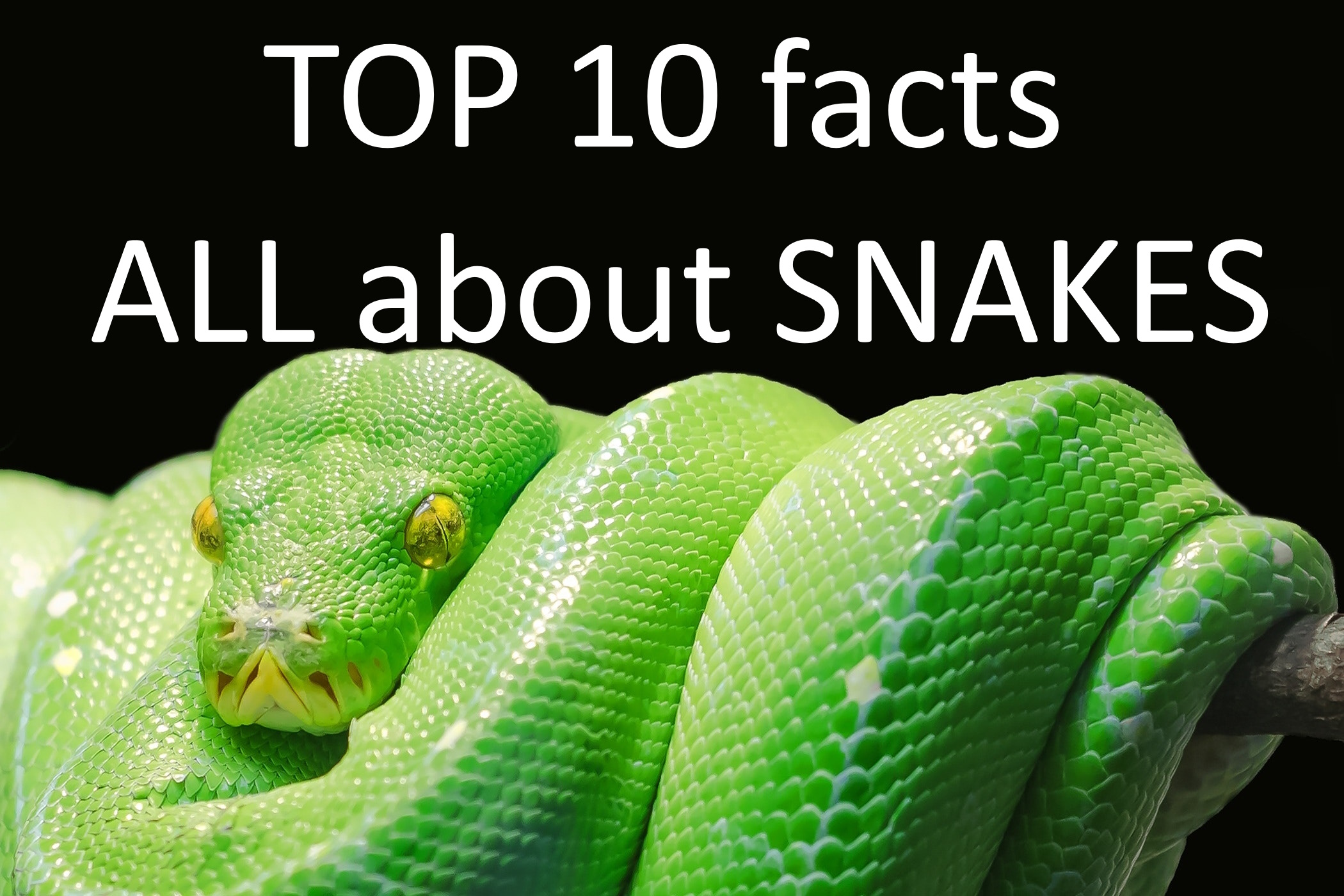By MSc Gvapo Tripinovic and Adam Tripinovic
Hey everyone, welcome back to our blog ParentingDad.com!
Adam and I are excited to share with you some amazing facts and stories about one of our favorite animals: snakes!
Where do snakes live?
Snakes are intelligent ancient creatures that have existed for millions of years.
People have been fascinated by and afraid of them since the beginning of humanity.
Except for Antarctica, they can be found on every continent and come in various shapes, sizes, and colors. Some are venomous, while others are constrictors, yet many are harmless to humans and beneficial animals.
Snakes are one of the rare species which can move by swimming, diving, climbing, jumping, slithering, sidewinding, and even flying.
Snakes can fly!
Yep, you heard that correctly: there are snake species that can glide through the air.
They achieve this by flattening their bodies and spreading their ribs, resulting in a wing-like body shape.
This helps them to glide through the air at an angle and cover distances of up to 100 meters. By flexing and contracting their bodies, they may also change direction mid-flight.
It’s truly a sight to see!
The most well-known flying snake is the paradise tree snake.
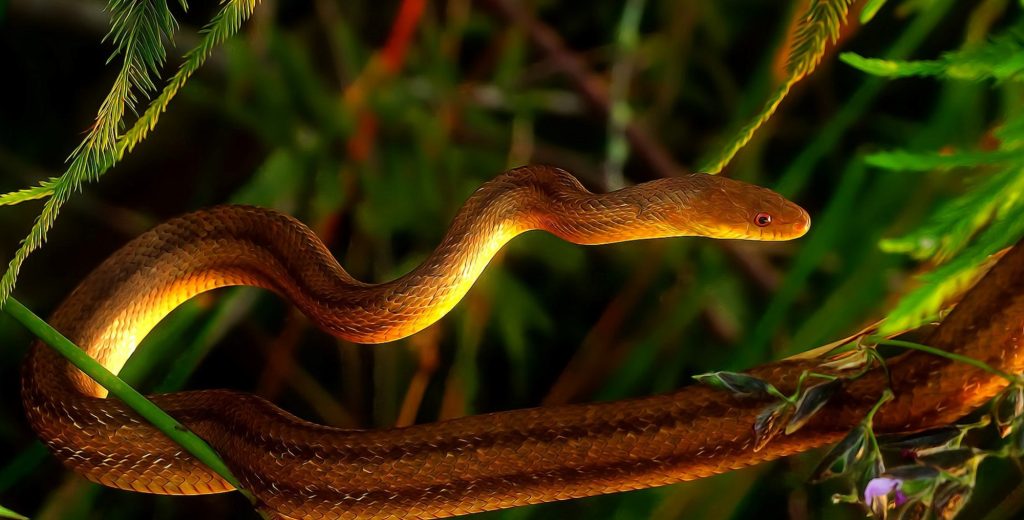
How do snakes smell?
Did you know that snakes can smell with their tongues?
They use their forked tongue to detect chemical cues in the air by flicking it in and out of their mouth. They then transmit these cues to a unique organ in the roof of their mouth known as Jacobson’s organ, which serves in locating prey and mates.
How do snakes eat?
Snakes are carnivorous and eat a variety of prey, including rodents, insects, birds, and other reptiles. But their meals can become any animal unfortunate enough to be close to a hungry snake and not much larger than the snake itself.
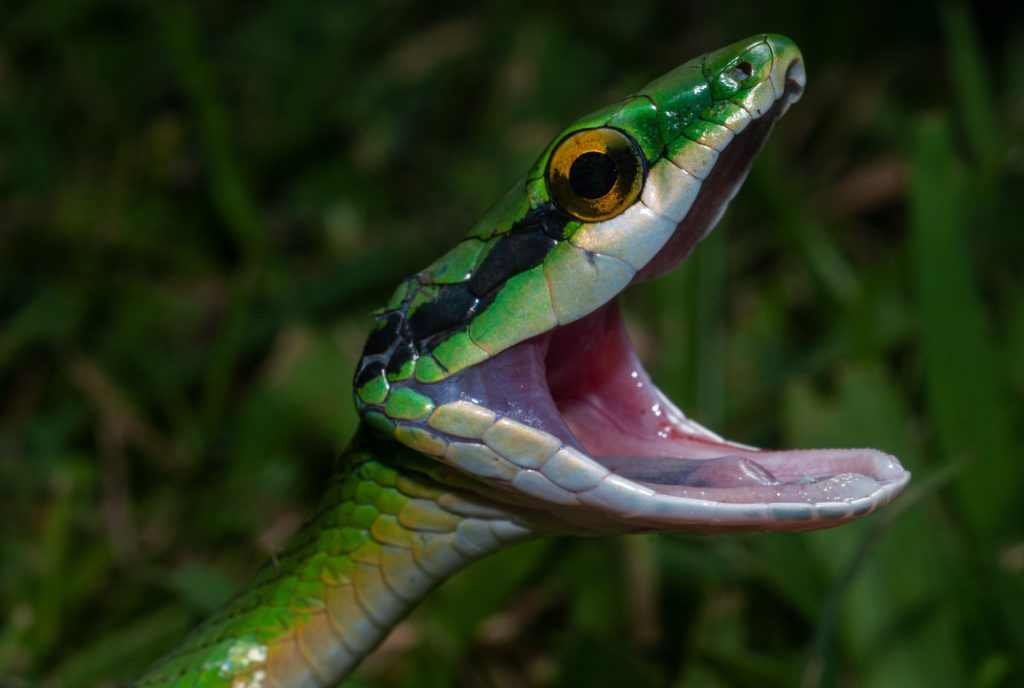
A remarkable characteristic of snakes is their capacity to swallow prey far larger than their own heads. Snakes have jaws that may detach from their skull and stretch to accommodate their prey size. Moreover, their inward-facing teeth assist them in grasping and dragging prey into their mouths. However, some parts, such are: claws, feathers, and hair, can not be digested, and snakes spit them out once the rest of the meal is digested.
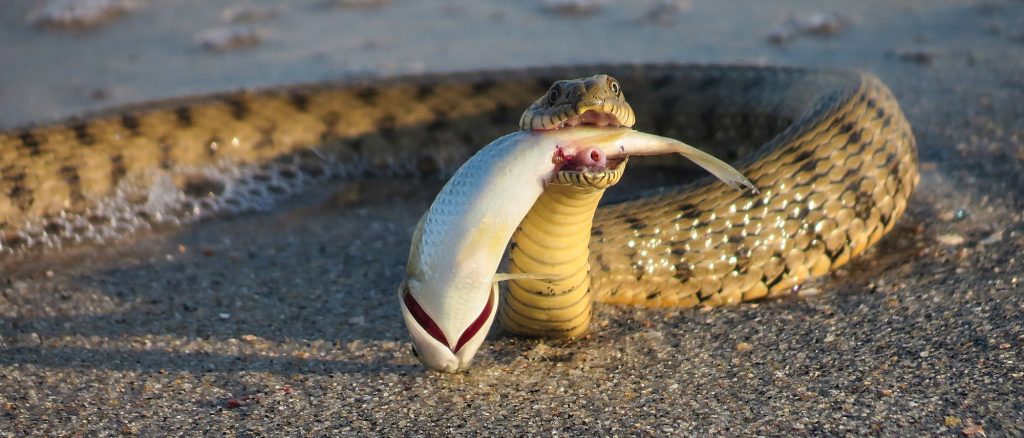
How large are snakes?
Snakes come in many sizes, from the tiny thread snake, which is only 10 cm long, to the enormous anaconda, which can grow 9 meters long and weigh more than 200 kg.
How do snakes see?
The prey’s body heat stimulates protein receptors in the snake’s eyes, allowing the snake to “see” in the dark.
Which snakes are poisonous?
The inland taipan, native to Queensland, Australia, is the world’s most poisonous snake.
Its venom is deadly and can cause paralysis and death within hours.
One bite delivers enough venom to kill 100 adult humans. The venom contains a powerful neurotoxin capable of causing muscular damage, respiratory failure, and cardiac arrest.
However, it is essential to remember that inland taipans are timid, reclusive snakes who avoid humans.
Some of the most dangerous snakes in the world live in the Indian and Pacific oceans. These are sea snakes and kraits.
The venom of these snakes is so toxic it can stop a person from breathing within a short time. But they are also shy and rarely bite people unless they are scared. They also have short fangs that can’t get through thick clothing or shoes.
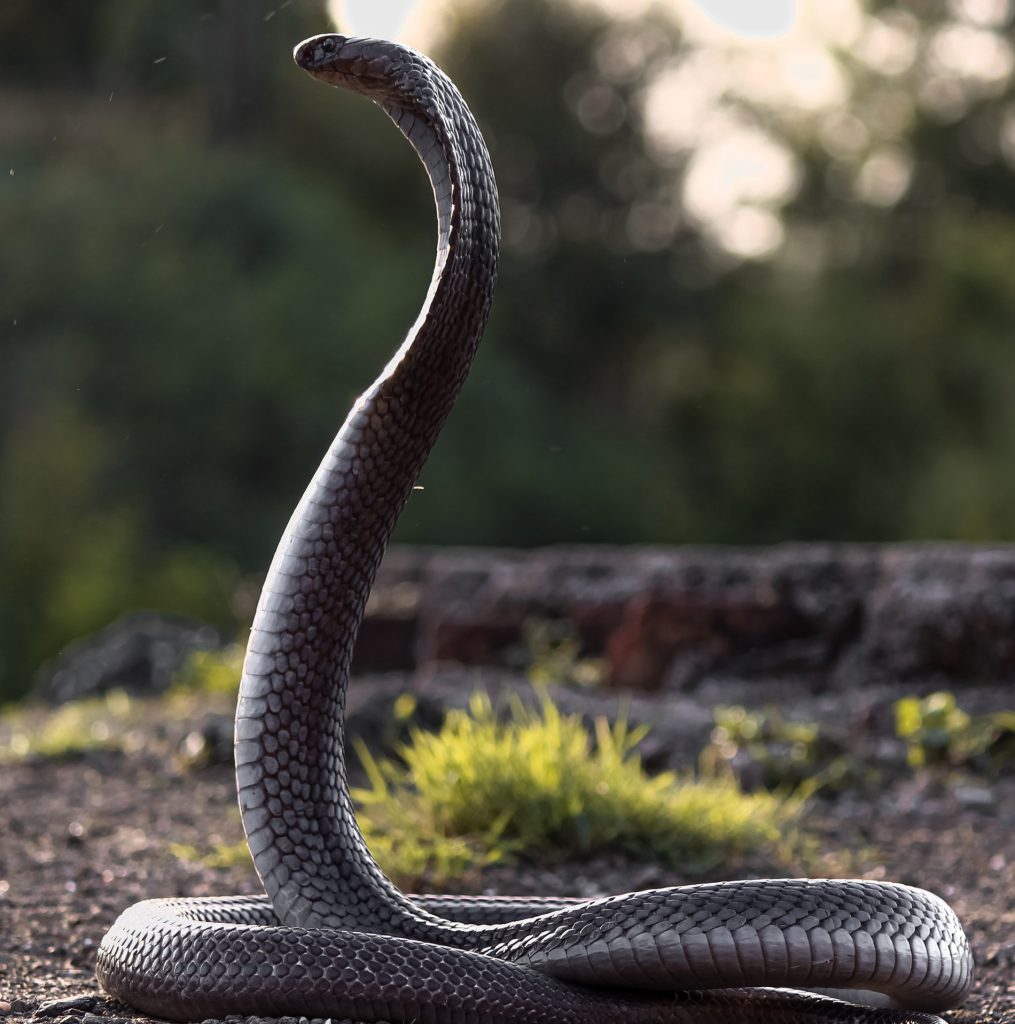
The king cobra’s venom contains a neurotoxin, which affects the victim’s nervous system and can cause respiratory failure. It is so potent it can kill an elephant in a few hours.
The king cobra lives in India and Southeast Asia.
Curious fact: they are the only snakes that make a nest for their eggs.
The black mamba is one of the world’s fastest, most poisonous, and most aggressive snakes. Its venom quickly affects the respiratory and nervous systems causing the heart to stop. Native to Africa, this snake has the status of a legend as once it feels threatened, it attacks and bites without stopping.
Are snakes beneficial?
Snakes are essential for ecosystems as one of the primary control of rodent populations.
This way, snakes reduce the economic damage the rodents cause to humans and suppress the spreading of the diseases rodents carry.
One of the best examples is the garter snake, native to North America.
Venom, from some of the most dangerous snakes, such as the king cobra, is used in the pharmacy industry as a basis for various medications for arthritis, paralysis, and other conditions.
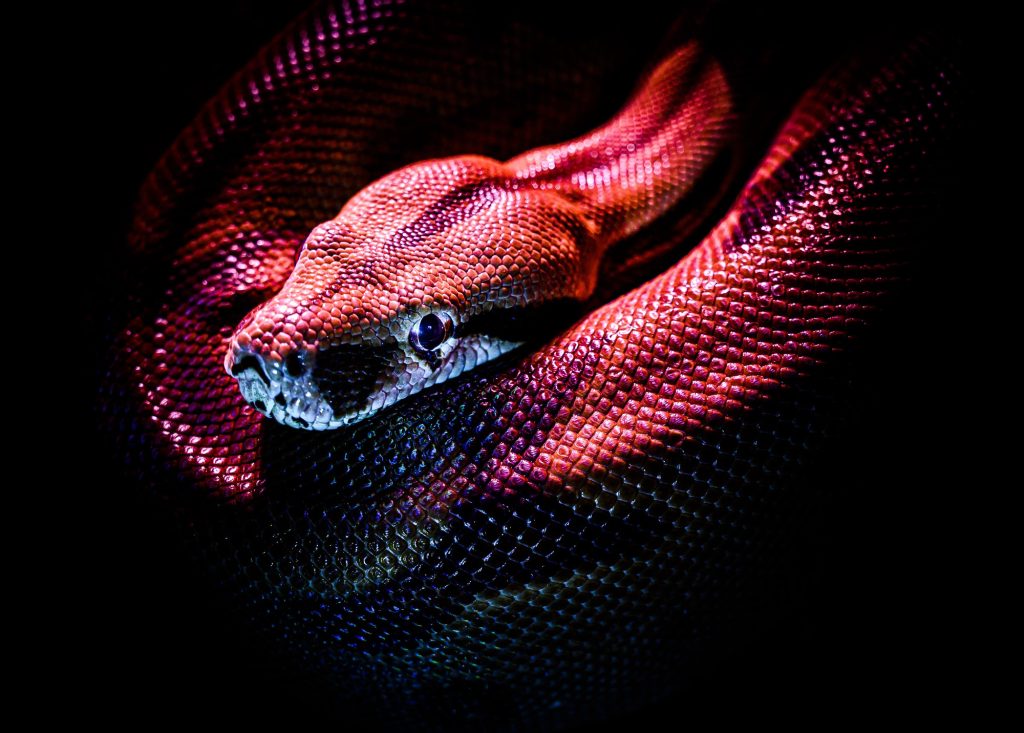
What are the most colorful and beautiful snakes?
Snakes are some of the most beautiful and colorful animals in the world.
Most fascinating are the Asian Vine Snake, San Francisco Garter Snake, Gold-Ringed Cat Snake, and Blue Malayan Coral Snake.
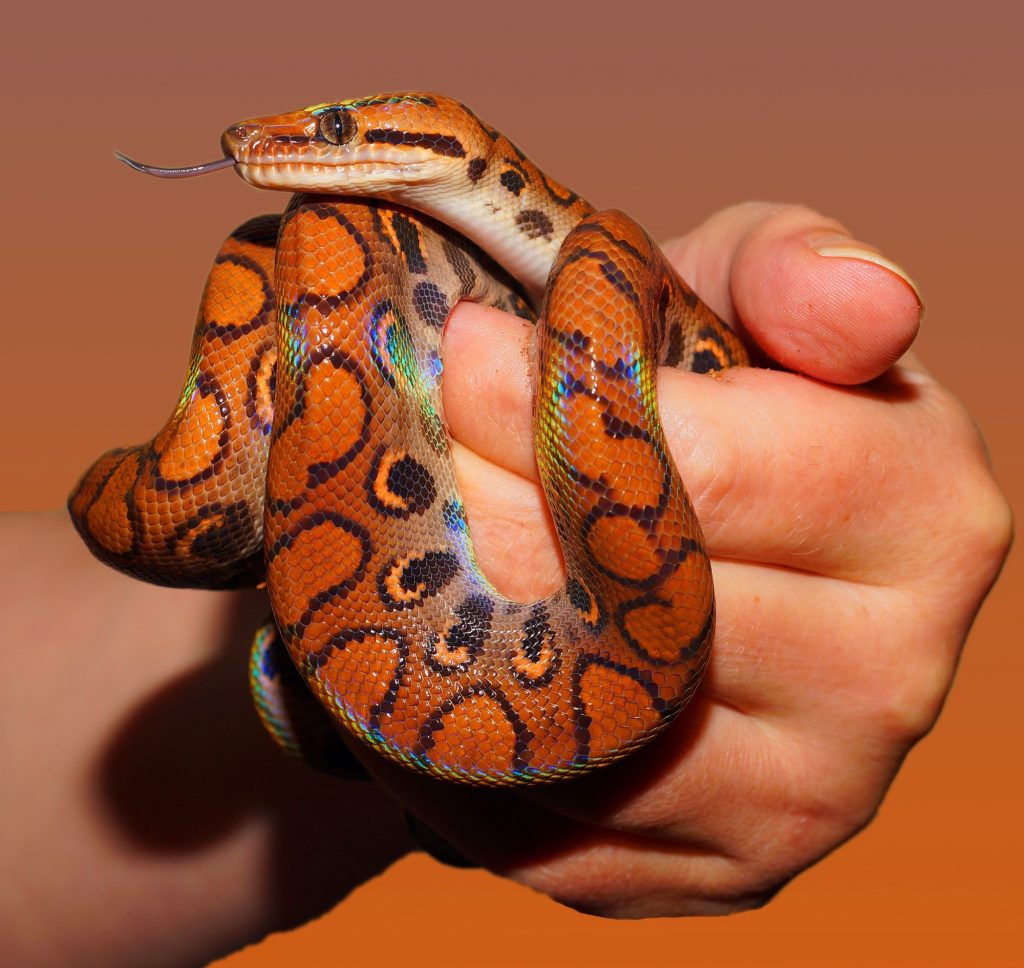
What is the largest snake in the world?
The green anaconda is the world’s largest living snake, with a length of 30 feet or more than 9 meters and a weight of more than 440 pounds or 200 Kg.
They live in Brazilian swamps and the Amazon Rainforest. After squeezing and crushing them to death, they feed on pigs, deer, and other large animals.
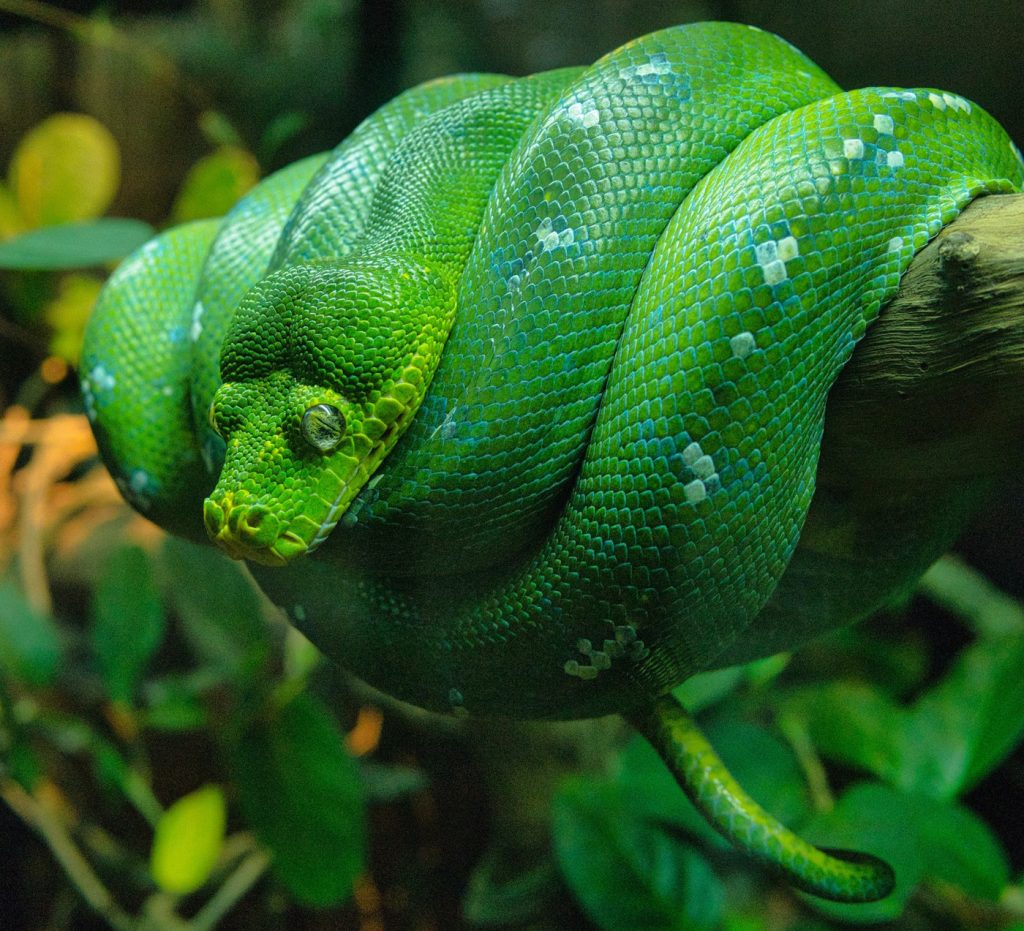
The reticulated python is another member of the giant snakes and can grow up to 26 feet or 8 meters long. They can weigh up to 180 pounds or 80 Kg. Like anacondas, these giant snakes feed on large animals in Southeast Asia forests and woodlands.
The African rock python is the largest snake in Africa. An adult African rock python measures about 12 feet or 3.5 meters long and weighs 121 pounds or 55kg. Their favorite feed includes monkeys, rodents, antelopes, and even crocodiles.
What is the smallest snake in the world?
The smallest snake in the world is the Barbados Thread Snake. It is only about 4 inches or 10 cm long. You can find it in Barbados.
Another small member is the lined snake which can grow up to 15 inches or 38 cm long. The lined snake’s largest population habitat is in Illinois.
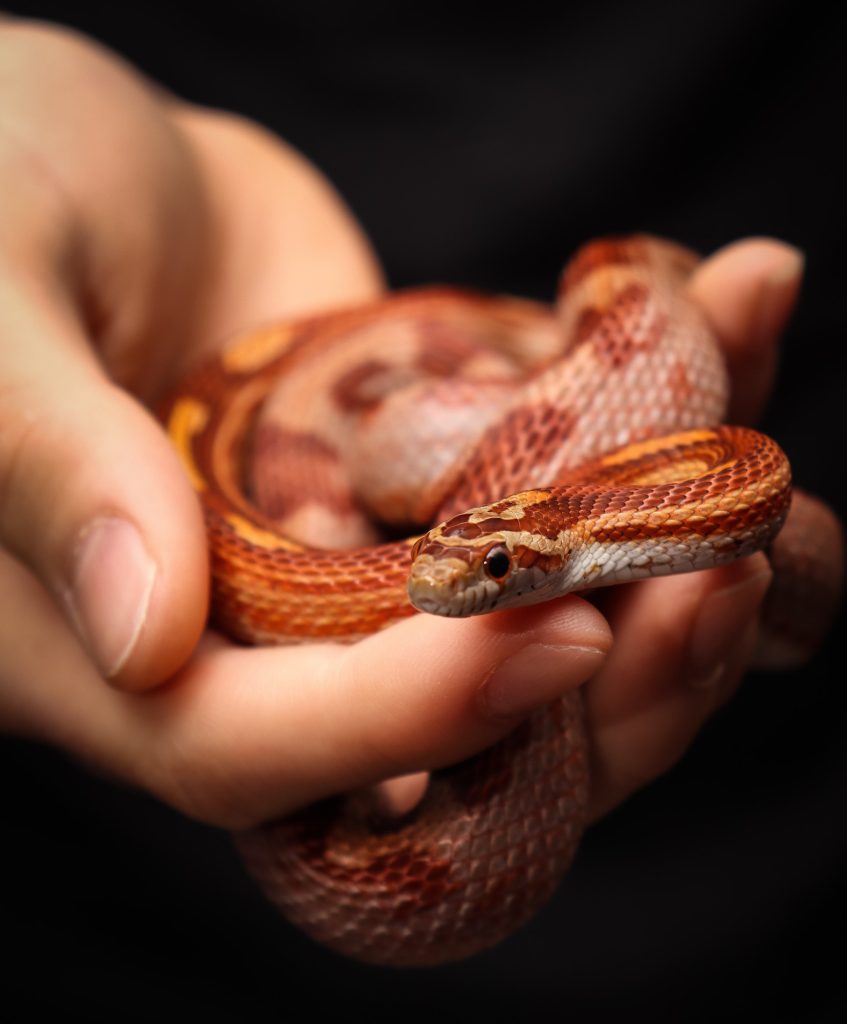
Adam and I hope you enjoyed reading this blog post about lions as much as we did writing it. We thank you for visiting our website ParentingDad.
While here, please check some of our other Educational, Active Life and Healthy Food, or How to be a Better Dad – Q & A articles.
If you’d rather watch a video or listen to our articles, check out our YouTube channel, Top 10 Facts.
You can find more great articles and videos about animals here:
Alpacas, Butterflies, Cheetahs, Dolphins, Do Fish Sleep, Dog – Which dog breeds are the smartest, Elephants, Great White Sharks, Sharks in aquariums, Snakes, Hummingbirds, Jellyfish, Lions, Pigeons, Red Pandas, Owls, Seagulls, Snails, Squirrels, and Wolves.
What animals would you like us to describe next?
Tell us in the comments below!
Adam and I wish you a great day. Stay well, and keep smiling.
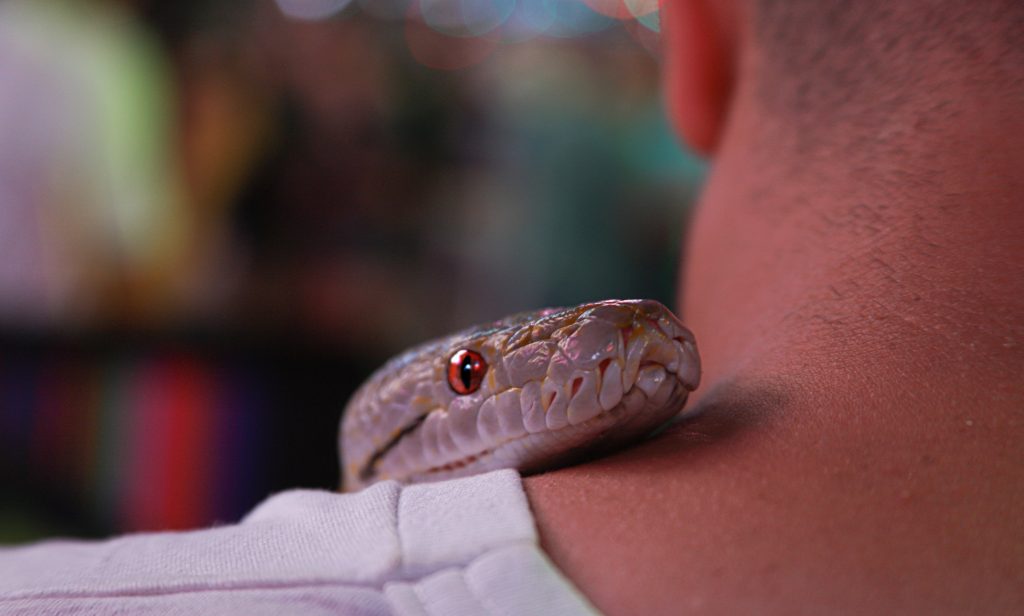
This article might contain product links, so we can get a small commission if you buy them. That way, you support this blog and our educational YouTube channel, for which I am thankful.
